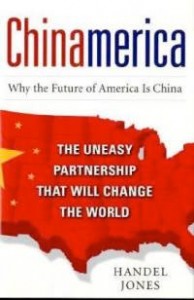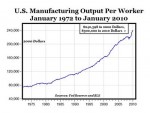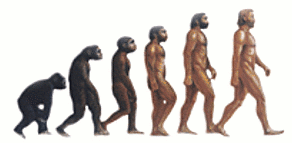 I’ve been reading Handel Jones’s book Chinamerica. I’ve known Handel for about 20 years. He’s the owner of IBS which produces a long and detailed report every month on some aspect of the semiconductor industry and ecosystem. The first three-quarters of the book is an in-depth look at various industries in both China and the US, which I think is very well done. The last quarter is more Handel’s ideas about what should be done, which I find less satisfactory not least because, even if I thought he were completely correct, I don’t see how the US political system can deliver the appropriate leadership.
I’ve been reading Handel Jones’s book Chinamerica. I’ve known Handel for about 20 years. He’s the owner of IBS which produces a long and detailed report every month on some aspect of the semiconductor industry and ecosystem. The first three-quarters of the book is an in-depth look at various industries in both China and the US, which I think is very well done. The last quarter is more Handel’s ideas about what should be done, which I find less satisfactory not least because, even if I thought he were completely correct, I don’t see how the US political system can deliver the appropriate leadership.
One thing that I think Handel gets wrong, in good company with many other commentators, is the idea that US manufacturing is in precipitous decline. In fact only US manufacturing employment is in decline. It peaked in 1979 at 19.5 million jobs. But since that time output per worker has gone from about $80,000 to $234,000 (in 2000 dollars so this is not just inflation).  In fact US manufacturing output is only slightly smaller than the entire 2008 GDP of China and the same as the entire GDP of Germany. Total manufacturing output today is 84% higher than in 1979 when employment peaked. As in agriculture before it, it is primarily technology that is reducing employment. Employment in manufacturing is likely to continue to shrink even as the value of manufacturing output rises.
In fact US manufacturing output is only slightly smaller than the entire 2008 GDP of China and the same as the entire GDP of Germany. Total manufacturing output today is 84% higher than in 1979 when employment peaked. As in agriculture before it, it is primarily technology that is reducing employment. Employment in manufacturing is likely to continue to shrink even as the value of manufacturing output rises.
Handel is impressed with the “savvy” technocrats at the head of China and, for good reason, unimpressed with our political masters in Washington. But the usual problems with a planned economy like China’s (at least in a lot of the biggest sectors) is that without price and consumer signals there is a massive misallocation of capital (as there is in the more planned parts of the US economy: corn ethanol anyone?)
Let’s look at just one area, rail. Handel is very impressed with the Chinese commitment to high-speed rail and thinks that the US should have a similar commitment. The US has a “decrepit railroad system”. But the US is a huge country and rail is just not a good transport solution for passengers. But it for freight. The US shifts a far bigger percentage of its freight by rail than any other country. Even with the disparity in wages, freight rates in the US are half those of China. That doesn’t seem “decrepit” to me. It is an unfortunate fact that you can really only run a rail system for freight or passengers but not both. A 180mph passenger train can’t cope with lots of 60mph freight trains on the same track. In Europe and Japan, most of the freight is on the roads since the rails are largely dedicated to passenger traffic. In fact one of the stated motivations in China for building high-speed rail is to free up the existing tracks for freight.
Further, there are problems in China. Most of the high-speed rail already built is only running with about 25% capacity. The high-speed rail line from Beijing to Fujian was shut down in April after 2 months from lack of passengers since it was so much cheaper to fly. There is no escaping the fact that high-speed rail is very expensive. There is only one line in the world that covers its costs: Tokyo-Osaka (and maybe Paris-Lyon). All the other highs-speed rail lines lose enormous amounts of money every year. Most don’t even cover their operating costs let alone their capital costs. They are only workable because relatively few people use them but everyone pays for them. There doesn’t seem to be a major strategic gain from shifting people from largely unsubsidized planes to subsidized trains.
China is about to face a huge problem: in order to keep growing fast it needs to switch from being completely export-oriented (because the rest of the world can’t absorb 10% more good from China every year) to stimulating internal demand. This is an incredibly difficult transition—Japan still hasn’t managed it, for example. In order to do that, internal demand needs to rise much faster than the overall economy for many, many years, which either means the overall economy has to grow much more slowly, or that internal demand needs to rise at almost unimaginably high rates (and without creating enormous inflation).
Anyway, in summary, I think this is a very interesting book that has some great analysis of the two countries. As I said, I’m less certain of the solutions proposed because governments tend to be very bad at picking winners, they usually pick losers and then keep doubling down on them. But, in any case, I don’t see any of the solutions that Handel proposes ever coming out of the US political system.








